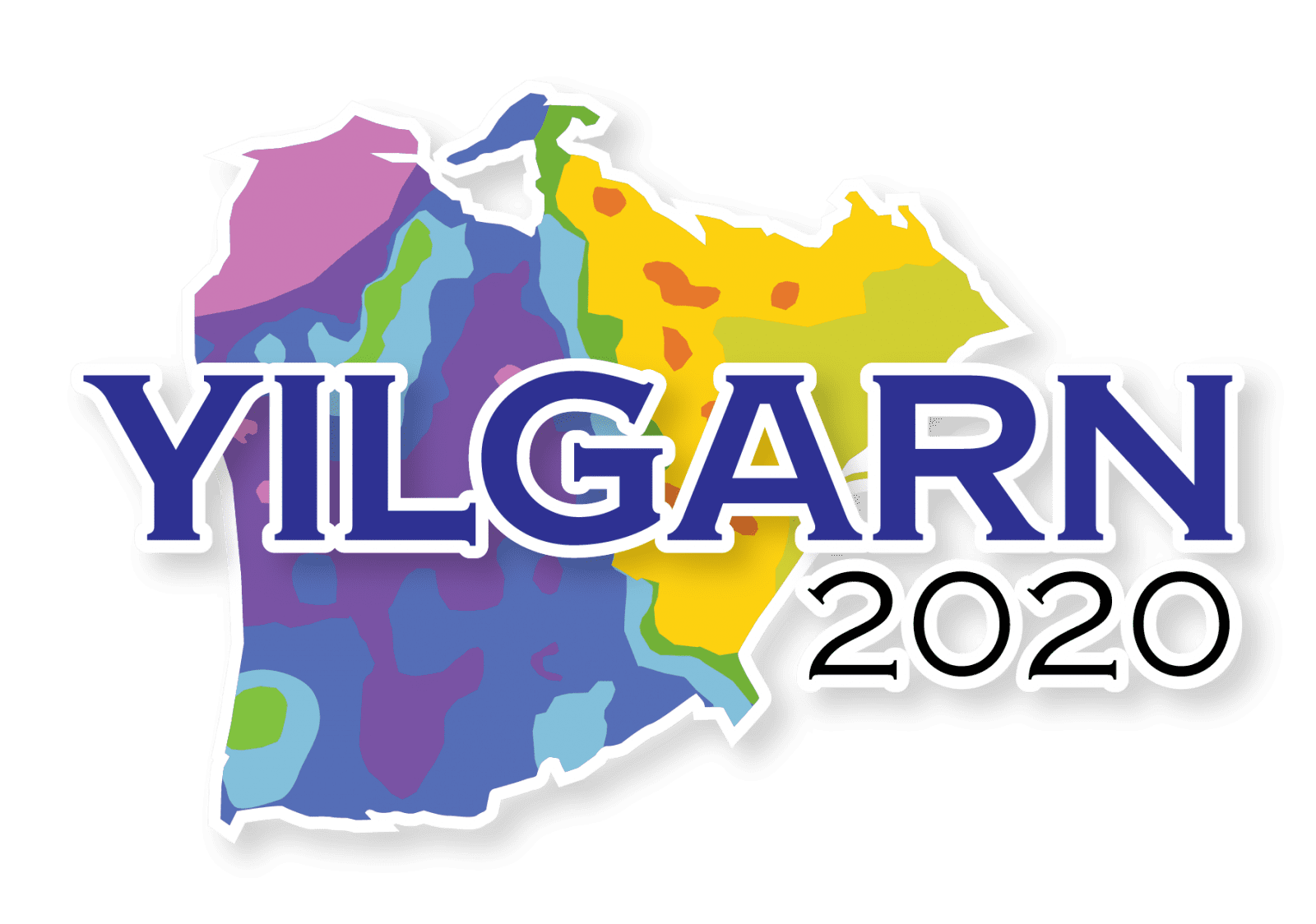
- Start Date:
- 1 May 2019
- End Date:
- 30 Dec 2023
- Location:
- Western Australia

Yilgarn 20/20 is a 3-year research program that aims at enhancing our ability to predict the distribution of mineralised camps. Tectonic systems, and associated mineralising systems, involve a number of interlinked physical and chemical processes that occur across all levels of the crust and upper mantle.
At the regional scale, the poorly constrained deep crust and lithospheric mantle provide strong rheological and chemical contrasts that control the dynamics of evolving tectonic events, and are source regions for potentially mineralised melts and metamorphic fluids. The deep crust and lithospheric mantle are occasionally exposed in orogens, but in cratons they are unexposed. Therefore, our understanding must be gained through proxy datasets, including geochemical, isotopic and geophysical data. In Module one, co-interpretation of these proxy datasets will enhance our understanding of the nature of the lower Archean crust and lithospheric mantle, the tectonic processes operating, and their role in gold and base metal mineralisation.
At the camp scale, and despite the empirical evidence that early-formed and long-lived structural pathways are a critical control on metal prospectivity, our understanding of their influence on the location of ore deposits is incomplete and a workflow for reliable recognition of these structures remains undeveloped. Module two focuses on unravelling these knowledge gaps through the combination of structural lithofacies analysis and tectono-stratigraphic analysis with integrated magnetic, gravity and high-resolution MT interpretation. This program will develop a workflow that allows for the recognition of long-lived, early-formed structures that will further our understanding of how such structures focus mineralising fluids and magmas at the camp scale.
The concept of fertility favouring ore deposit formation remains difficult to assess at the camp scale, but it is critical for the distinction between strongly endowed versus marginally mineralised camps. Module three will focus on linking the camp-scale architecture with magmatic and metamorphic evolution and associated formation of mineral systems. This research program is designed to develop new fertility indicators that will be integrated with thermochronologic study and isotopic signatures of magmatic suites (U-Pb, Lu-Hf) and mineral phases associated with mineralisation (stable isotopes). The three modules offer a novel approach for the study of mineral systems in a Neoarchean terrane utilizing the collective expertise of the entire CET. Moreover, the techniques developed will aid in the discovery of the next generation of gold and base metal deposits in the Yilgarn Craton, and may be applied to Precambrian terranes elsewhere.
Funding Agencies: MRIWA
Industry Participants: Northern Star, Creasy Group, Goldfields, Gold Road, Evolution, BHP, GSWA